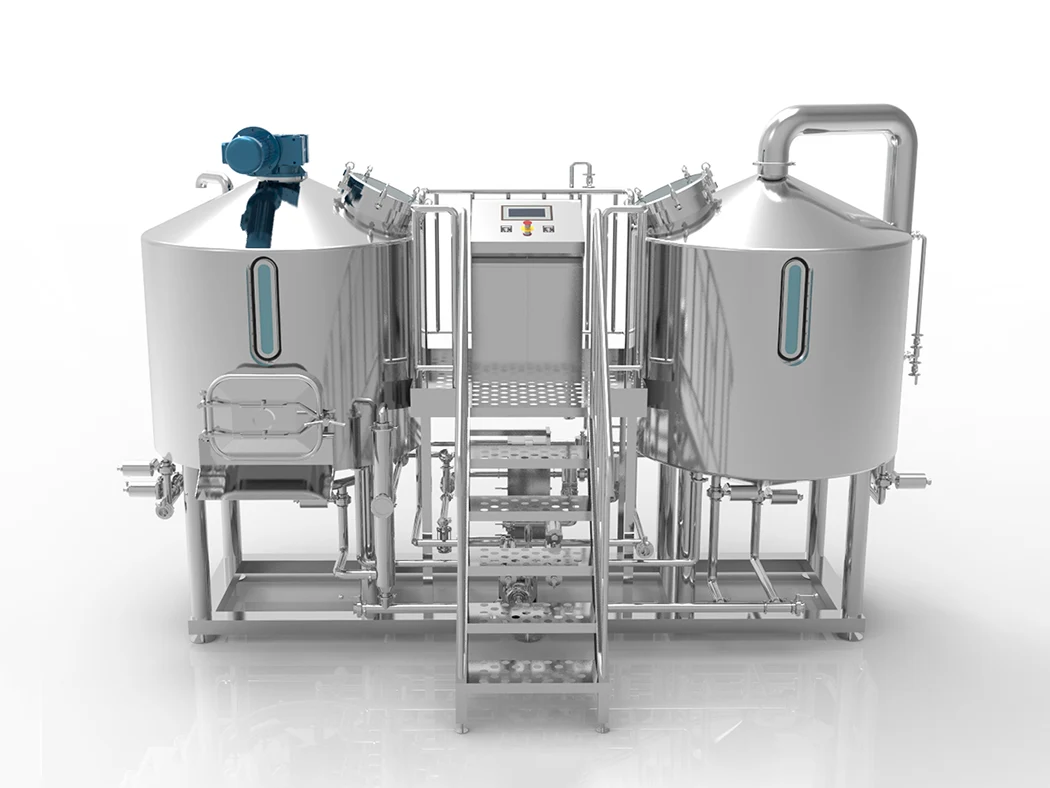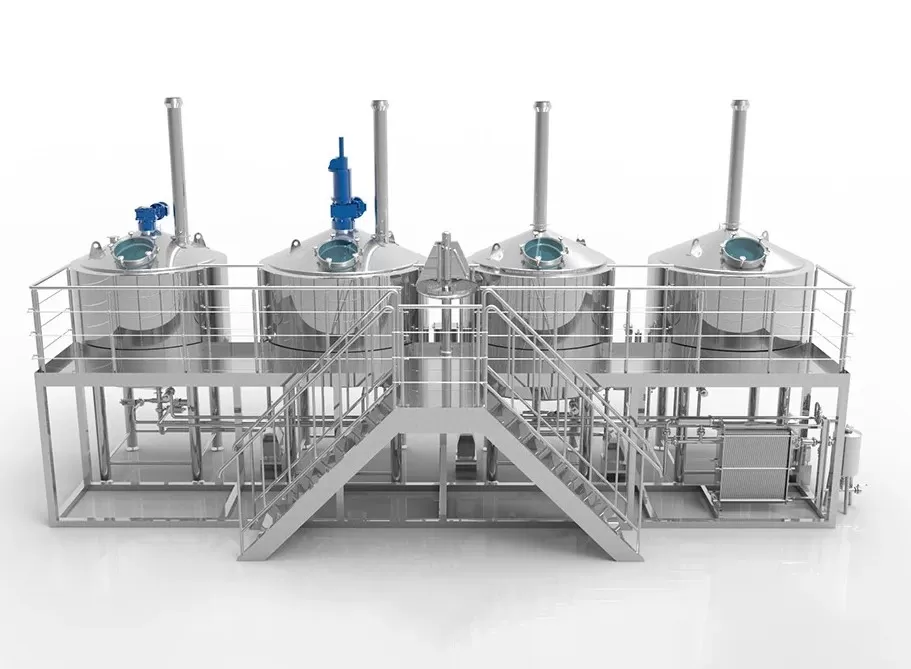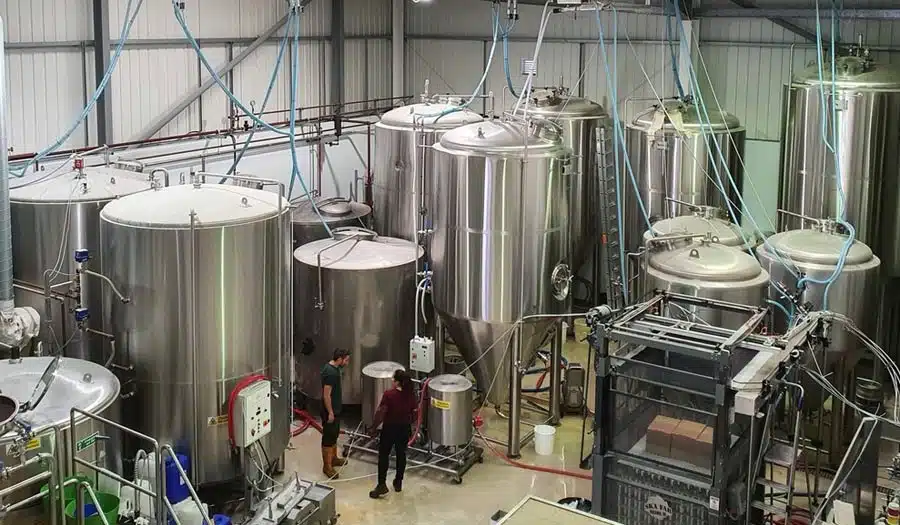As beer culture continues to thrive, opening your own brouwerij has become more than just a business venture—it’s an expression of lifestyle. At the very beginning of this journey, choosing the right location is absolutely critical. An ideal brewery site not only affects production efficiency and operational costs but also directly shapes your brand positioning, customer experience, and long-term growth potential.This article takes a customer-oriented perspective to explore key considerations in brewery site selection. Through practical insights, real-world examples, and step-by-step guidance, we’ll help you navigate the process and turn your dream into reality.
Define Your Brewery’s Market Positioning
Before officially starting the site selection process, it’s crucial to clearly define your brewery’s business model and market positioning. Different types of breweries have vastly different requirements when it comes to location, space, and infrastructure.
|
Type brouwerij |
Kenmerken |
Basic Site Requirements |
|
Ambachtelijke Brouwerij |
Small batch, high quality, unique flavor |
Requires a controlled production environment, mid-sized facility, strong utilities |
|
Industrial Brewery |
Mass production, standardized output |
Large land area, convenient logistics, proximity to supply chain |
|
Brewpub (Bar + Brewery) |
On-site brewing and direct sales |
Located in commercial or high-footfall areas, stylish storefront |
|
Tourism/Cultural Brewery |
Combines brewing with sightseeing & brand story |
Scenic surroundings, supports brand storytelling and visitor engagement |
When evaluating potential locations, be sure to ask yourself these key questions:
- Am I building a small, community-focused brewery, or aiming to scale nationally?
- Do I want customers to drink on-site and enjoy the experience, or is my focus on bottled or kegged distribution?
- Is my brand centered around craftsmanship and quality, or more about the social experience and atmosphere?
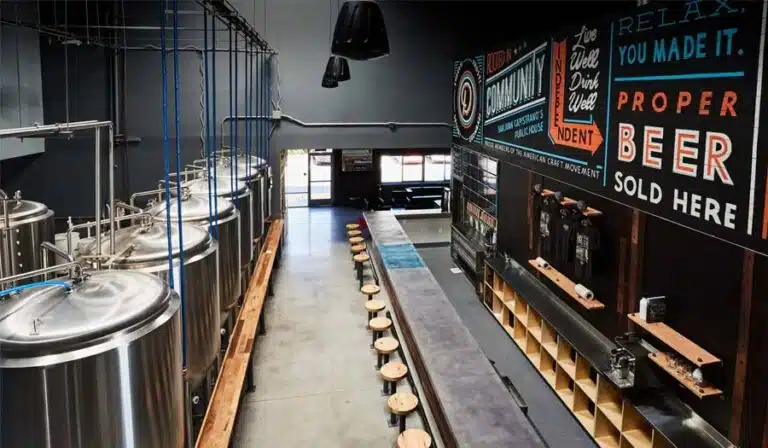
Five Key Factors for Selecting the Ideal Brewery Location
Geographic Location: Close to Market or Close to Raw Materials?
The first consideration when selecting a geographic location is how well it aligns with your business model. If your brewery emphasizes on-site experience, retail sales, or brand visibility, then being located in a city center, creative park, or cultural hub is likely your best option. These areas have high foot traffic, offering natural exposure and helping you build strong customer recognition.
On the other hand, if your business focuses on mass production, wholesale supply, or export, then being near logistics hubs (such as highway exits, ports, or freight rail stations) or raw material sources (like barley farms) is more advantageous. This proximity lowers transportation costs and ensures a steady, efficient supply chain.
Some businesses take a hybrid approach: placing their main production facility in a suburban or industrial park for cost-effectiveness, while maintaining a brand store or tasting room in the city for customer engagement. This “front-end branding + back-end production” model is increasingly popular in the craft beer industry.
Regulations and Policies: Understand the Red Lines and Secure Legal Operation
Before finalizing a site, you must thoroughly understand local laws and regulations surrounding alcohol production. Rules can vary drastically between cities or districts. Some urban centers may prohibit new food processing facilities—especially those producing alcohol—while other municipalities actively promote craft beer as a specialty industry, offering support and incentives.
Key questions include: Is the land zoned for industrial or commercial use? Is it legally permitted for food and beverage manufacturing? You must also investigate requirements from environmental, fire safety, and business departments—this includes wastewater discharge, odor control, fire exits, and alcohol production licensing.
Particularly critical is the fact that beer brewing involves various liquids and gases. In some regions, this places breweries under the category of “special industries,” requiring extra approvals. Failure to secure the proper permits in advance may lead to costly delays—or worse, full shutdown after equipment is installed.
We recommend contacting local business development offices or industrial park authorities once a site is preliminarily selected. They can clarify legal boundaries and even share unpublicized incentives such as tax breaks, rental subsidies, or startup grants. These details often aren’t listed online but can be gathered through on-site visits and direct communication.
Infrastructure: The Foundation of Efficient Operations
A brewery’s day-to-day success hinges largely on whether its site offers the necessary infrastructure. Even in a great location, poor utilities—such as unreliable water, electricity, or drainage—can cripple production and compromise consistency.
Power supply is a top priority. Brewing equipment demands high and continuous energy loads, requiring a facility with three-phase industrial power. Older warehouses or residential conversions may only provide standard electricity, which is insufficient for chillers, pumps, or hot water systems.
Water resources are just as critical. Since water is beer’s main ingredient, both volume and quality matter. It’s essential to test local tap water for pH, hardness, and impurities like iron. Moreover, ensure that the property has an effective drainage system, ideally with dedicated sewage lines that support future wastewater treatment installations.
Also consider ventilation, climate control, and fire safety. Proper ventilation is essential for releasing gases during fermentation. Refrigeration systems ensure stable wort cooling and beer storage. Poor airflow can cause temperature buildup, equipment overheating, or even yeast contamination. On fire safety: ensure your site can pass inspection with sprinkler systems, extinguishers, and designated fire exits.
A well-equipped facility might have a slightly higher upfront cost, but it will save significant effort and expenses down the road.
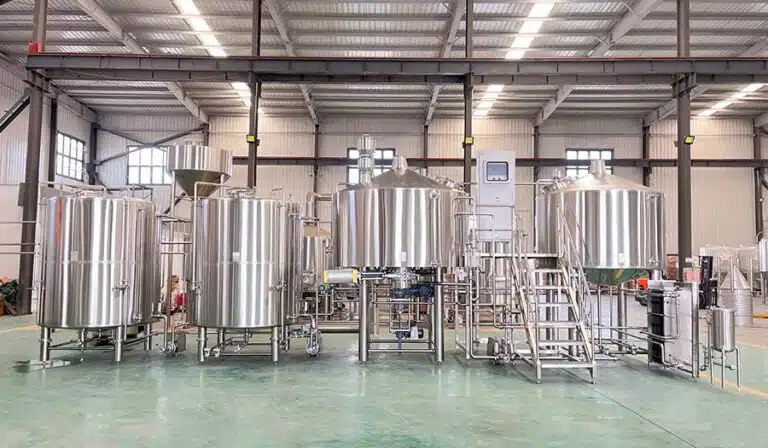
Transportation and Workforce: Soft Assets for Sustainable Growth
While physical infrastructure is critical, the surrounding “soft assets” also impact your long-term operations. Transportation access and workforce availability are two commonly underestimated factors that often cause regret post-launch.
Let’s start with logistics. Whether it’s for employee commuting, equipment deliveries, or beer distribution, a strong transportation network is non-negotiable. If your location is remote, has narrow roads, or poor vehicle access, your low rent could be outweighed by high shipping costs and operational delays. Ideally, the brewery should be close to highways or major arterial roads, with ample space for delivery trucks.
Next, workforce availability. Remote areas with low population density or few skilled workers can make recruitment very difficult. Roles such as brewmasters, lab techs, or refrigeration technicians are not easily filled by general labor. If the local area lacks universities or a brewing ecosystem, you may face higher training costs and slow hiring.
We recommend selecting a site with access to a strong talent pool, such as areas near university towns, technical colleges, or craft industry clusters. This proximity also opens doors to partnerships with schools for apprenticeships and specialized training programs—an excellent way to build future-ready teams.
Cost and Scalability: Balancing Initial Investment and Long-Term Growth
The final factor is balancing your current budget with your future growth ambitions. This goes beyond asking whether the rent is high or low—it’s about making a strategic decision for sustainable expansion.
Upfront costs include rent, deposits, and renovation fees (e.g., rewiring for power, adding ventilation, installing moisture-resistant walls). Some seemingly “cheap” spaces end up requiring expensive retrofits, making them less cost-effective overall. Also consider ongoing property management fees, local tax structures, and whether zoning permits flexible usage.
More importantly, ask yourself: Can this location accommodate future expansion? If your brewery succeeds, will you have space to install more fermenters, build a packaging line, add a cold storage room, or even open a visitor center? If you’re confined by local policies or site constraints, you may be forced to relocate later, resulting in lost time, sunk costs, and logistical setbacks.
An ideal site should offer manageable current expenses, but also the flexibility and space to grow, adapt, and upgrade as your business evolves.
Practical Workflow for Brewery Site Selection
Step 1: Define Requirements and Set Priorities
Start by creating a “Requirement Priority Table” to rank your needs based on importance. This helps you make decisions efficiently when comparing multiple locations.
|
Item |
Importance (1–5) |
Uitleg |
|
Proximity to market |
5 |
Crucial for brand-focused, experience-driven breweries |
|
Stroomvoorziening |
5 |
Must have 3-phase electricity regardless of brewery type |
|
Rental cost |
4 |
Must be affordable, but underpricing may bring hidden costs |
|
Wastewater handling |
5 |
Inadequate discharge systems may affect business licensing |
|
Future expansion capacity |
3 |
Lower priority initially, but important for long-term planning |
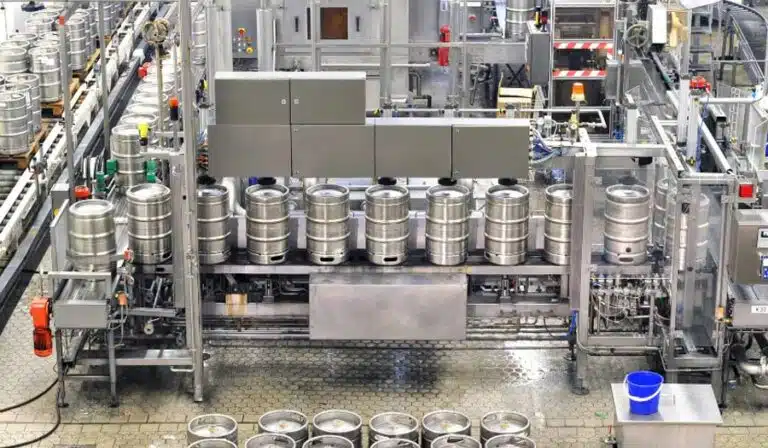
Step 2: On-Site Inspection and Visual Documentation
When visiting potential sites, bring the right tools and prepare a simple scorecard for comparing multiple options.
Tools Checklist:
- Measuring tools: Laser distance meter, measuring tape
- Camera or smartphone: For visual records
- Scoring sheet: Customize a comparison chart (example below)
|
Factor |
Gewicht |
Site A Score |
Site B Score |
Opmerkingen |
|
Power capacity |
20% |
90 |
70 |
Site A has 3-phase power, B needs upgrading |
|
Water & drainage |
20% |
85 |
60 |
Site B lacks independent drainage system |
|
Customer accessibility |
15% |
70 |
85 |
Site B is on a main street, ideal for brewpub |
|
Legal/regulatory risk |
25% |
95 |
75 |
Site B falls within a restricted industrial zone |
|
Space to expand |
10% |
80 |
60 |
Site A has build-out potential |
|
Cost control |
10% |
75 |
85 |
Site B is cheaper, but requires renovations |
|
Weighted Total |
- |
84.5 |
71 |
- |
Step 3: Legal Review and Signing a Letter of Intentc
Before committing to a property, conduct a full legal and administrative review:
- Hire a lawyer to review all contracts
- Verify ownership: Does the landlord have legal leasing rights?
- Confirm land zoning and permitted business use
- Consult local departments for permits and inspection requirements
Bonus Tips: Avoiding Common Pitfalls in Brewery Site Selection
- Avoid temporary or “gray market” buildings: These may be demolished or shut down during government inspections
- Don’t be lured by ultra-low rent: Cheap spaces often mean high renovation costs or compliance risks
- Understand the local community: Are there any past complaints from neighbors? Are nearby residents sensitive to noise or odors?
- Prefer industrial parks or food processing zones: These areas often come with policy incentives and infrastructure support
Conclusie
For a brewery, site selection is never just about “renting a space”—it’s a strategic decision that will shape your long-term success. The right location determines whether you can produce efficiently, market effectively, and scale sustainably.At Micet Group, we believe that selecting a brewery site is like choosing the soil in which your brand will take root. Only when the soil is healthy can a brewery grow with vitality and character.
If you are looking for customized site recommendations, or need support with facility negotiations and permit applications, we welcome you to connect with our professional site selection team. With real-world experience and industry insight, we are committed to helping you save time and reduce costs, ensuring your brewery not only takes root but thrives and blossoms in a competitive market.Let us help turn your brewing vision into reality.

